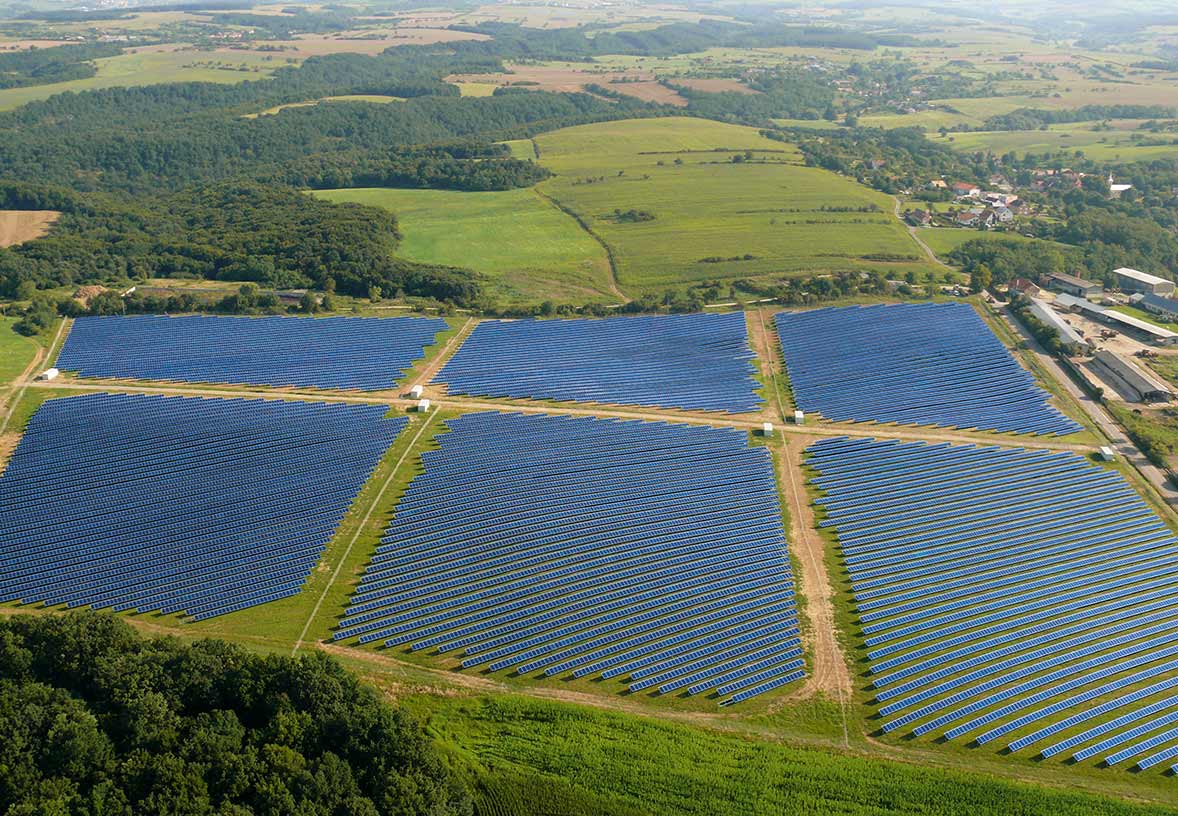
Solar energy - the cheapest
Energy form


Solar power – the cheapest form of energy
The future of photovoltaics looks bright. Many countries report new records in installed photovoltaic capacity every year. And there is certainly a logical explanation for this. The International Energy Agency's (IEA) published last month. World Energy Outlook 2020 Report notes that solar energy has become the "new king of electricity" by offering the cheapest electricity yet in human history. According to the publication, the cost per megawatt of solar is now below that of fossil fuels for the first time. In numbers, newly built utility-scale solar projects in Europe and the U.S. now cost $30-60 per MWh. Just four years ago, the figure for the above electricity generation cost (LCOE) of solar was $100, which is an excellent illustration of progress. In comparison, the report mentions that the LCOE for gas is up to 90 USD/MWh and for coal up to 120 USD/MWh.
The report presents four primary scenarios for the development of global energy production. Renewable energy sources will experience strong growth through 2040 in all four scenarios; the primary scenario includes 43 % more solar energy output, as originally projected in the 2018 report. The scenarios are projected using data analyzed by the World Energy Model (WEM). This large-scale simulation model is designed to match the functions of global energy markets and by using huge amounts of data to generate estimates for world energy markets. The "Global Market Outlook for Solar Power 2020-2024" also agrees with the IEA's view, pointing out that utility-scale solar often offers the lowest-cost technology for power generation, with costs continuing to decline in the future.

What makes solar energy a cost-effective energy source?
The World Energy Outlook 2020 report additionally notes that significant cost reductions in solar PV over the past decade have made solar energy a consistently less expensive form of energy than coal or gas, for example, in most countries. There are several reasons for this. One reason is cheaper and easier access to capital in leading markets, made possible by supportive policies and mature technologies. In addition, major advances in solar technologies play an important role. For example, PV module performance has improved significantly-smaller modules can offer higher energy yields, longer lifetimes, better recycling capabilities, and lower manufacturing costs. To give an example, in 2010 a standard PV module cost about $2.00/watt, while today it is about $0.17/watt. In addition, battery, storage and grid connection technologies are improving and becoming more cost effective in a timely manner, which is extremely important for the flexible operation of PV systems. Solar plant sizes have also grown since the early 2000s, leading to improved economies of scale and thus cost reductions.
In terms of supporting policies, it is clear that the common climate goals of the Paris Agreement and the Sustainable Development Goals (SDGs) increasingly steer the path of policy toward solar and wind, while coal, oil, gas, and other more polluting forms of energy are being phased out and not as heavily subsidized. Currently, more than 130 countries already have policies in place to help lower the cost of new solar installations. The EU alone has set a goal of generating 32% of its total energy from renewable sources by 2030. However, the road to achieving net zero global CO2 emissions is long, and it won't happen overnight. It will require persistent effort and collaboration among governments, political actors, businesses and individuals.
Mounting Systems - More than a system. It's a brand.


